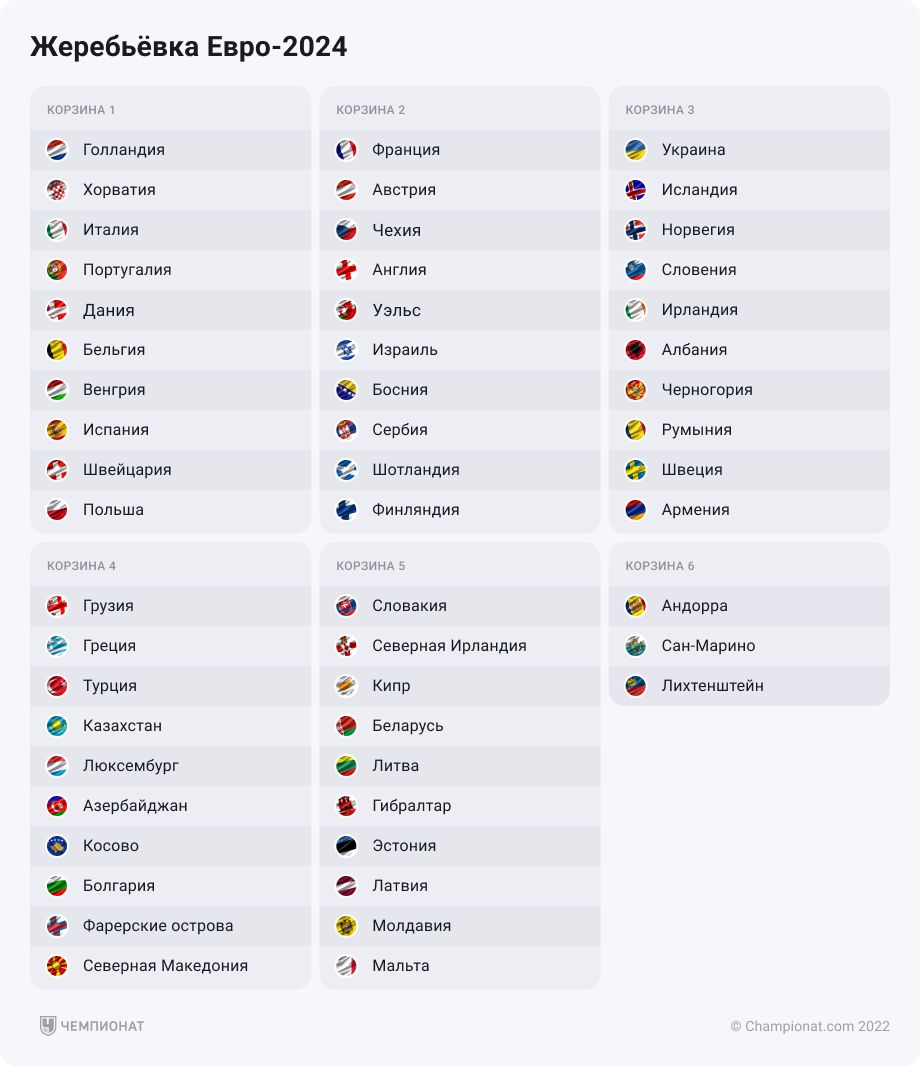Mind The Gap: Wheelchair Accessibility On The Elizabeth Line

Table of Contents
Station Accessibility
The physical accessibility of Elizabeth Line stations is paramount for wheelchair users. Several factors contribute to a positive or negative experience, impacting the overall journey.
Lift Availability and Reliability
The number of lifts at each station, their reliability, and potential issues like overcrowding or breakdowns significantly impact accessibility.
- Stations with exemplary lift systems: Canary Wharf and Paddington generally receive positive feedback regarding lift reliability and capacity.
- Stations with known issues: Some smaller stations have reported instances of lift breakdowns, causing significant delays and inconvenience for wheelchair users. Regular maintenance schedules are crucial to mitigate these issues.
- Passenger feedback: Online forums and social media reveal passenger concerns about lift wait times during peak hours, particularly at interchange stations. Increasing lift capacity or implementing a smart queuing system could alleviate these problems.
Ramp Access and Gradient
While many stations incorporate ramps, the gradient and surface condition are crucial considerations.
- Inadequate ramp provision: Some stations might lack ramps entirely, forcing wheelchair users to rely on potentially unreliable lifts or navigate lengthy alternative routes.
- Steep gradients: Steep ramps can be difficult and even dangerous for some wheelchair users. The design should prioritize gentle gradients for safe and easy access.
- Tactile paving and guidance systems: The presence of clear tactile paving and other guidance systems is vital for visually impaired wheelchair users navigating stations. Ensuring these are well-maintained and easily identifiable is essential.
Platform Gap and Boarding
The gap between the train and platform is a critical accessibility concern.
- Gap-reduction techniques: The Elizabeth Line has incorporated design features to minimize this gap, improving boarding for wheelchair users.
- Successful technologies: Automatic sliding steps and adjustable platforms are examples of successful technologies deployed on other lines that could be further implemented on the Elizabeth Line.
- Challenges in boarding: Despite improvements, reports of inconsistent gap sizes across different trains and stations persist, presenting challenges for some wheelchair users.
Train Accessibility
Accessibility features within the Elizabeth Line trains themselves are also vital for a positive passenger experience.
Wheelchair Spaces and Securement
The number and quality of wheelchair spaces are crucial.
- Securement systems: The effectiveness and ease of use of the wheelchair securement systems should be regularly assessed and improved based on passenger feedback.
- Priority seating: Adequate priority seating near wheelchair spaces is necessary to ensure companions have comfortable seating.
- Adequacy of wheelchair spaces: Passenger feedback suggests that during peak times, the number of wheelchair spaces may not be sufficient, leading to overcrowding.
Accessible Toilets and Assistance
The availability of accessible toilets and onboard assistance is critical.
- Toilet location and design: The location and design of accessible toilets should be convenient and easy to access for wheelchair users.
- Onboard assistance: Well-trained staff are crucial for assisting wheelchair users with boarding, alighting, and using onboard facilities.
- Challenges in accessing toilets: Reports suggest that the location or design of accessible toilets on some trains may present difficulties for wheelchair users.
Information and Communication
Clear and accessible information is essential for independent travel.
Website and App Accessibility
The Elizabeth Line's website and mobile app must be fully accessible to wheelchair users.
- Ease of navigation: The website and app should be easy to navigate using assistive technologies.
- WCAG compliance: Compliance with Web Content Accessibility Guidelines (WCAG) is crucial for ensuring accessibility.
- Journey planning features: Features that allow wheelchair users to plan journeys, considering accessibility features at each station, are highly beneficial.
Staff Training and Support
Comprehensive training for staff is crucial for assisting wheelchair users effectively.
- Requesting assistance: Clear procedures for requesting assistance must be in place and readily available to passengers.
- Staff responsiveness: Passenger feedback suggests there is room for improvement in the responsiveness and helpfulness of some staff members.
- Improving staff training: Continuous training initiatives should focus on improving staff knowledge and skills in assisting wheelchair users.
Conclusion
The Elizabeth Line represents a significant advancement in London's transport network, but achieving truly inclusive travel requires continued focus on wheelchair accessibility. While improvements have been made, addressing the points highlighted above – improving lift reliability, ensuring adequate ramp access, minimizing platform gaps, enhancing train accessibility features, and providing clear and accessible information – is crucial for providing a seamless and comfortable journey for all passengers, regardless of mobility. Let's continue to advocate for improved wheelchair accessibility on the Elizabeth Line and push for better accessibility in public transportation across the board. Contact Transport for London with your feedback to help improve wheelchair accessibility Elizabeth Line.

Featured Posts
-
 Wynne And Joanna All At Sea A Comprehensive Guide
May 09, 2025
Wynne And Joanna All At Sea A Comprehensive Guide
May 09, 2025 -
 Did A Past Incident Impede Jeanine Pirros Nomination As Us Attorney For Dc
May 09, 2025
Did A Past Incident Impede Jeanine Pirros Nomination As Us Attorney For Dc
May 09, 2025 -
 Polufinal Ligi Chempionov 2024 2025 Arsenal Ps Zh I Barselona Inter Chego Ozhidat
May 09, 2025
Polufinal Ligi Chempionov 2024 2025 Arsenal Ps Zh I Barselona Inter Chego Ozhidat
May 09, 2025 -
 Ashhr Laeby Krt Alqdm Aldhyn Kanwa Mdkhnyn
May 09, 2025
Ashhr Laeby Krt Alqdm Aldhyn Kanwa Mdkhnyn
May 09, 2025 -
 High Stock Valuations And Investor Concerns Bof As Analysis
May 09, 2025
High Stock Valuations And Investor Concerns Bof As Analysis
May 09, 2025
